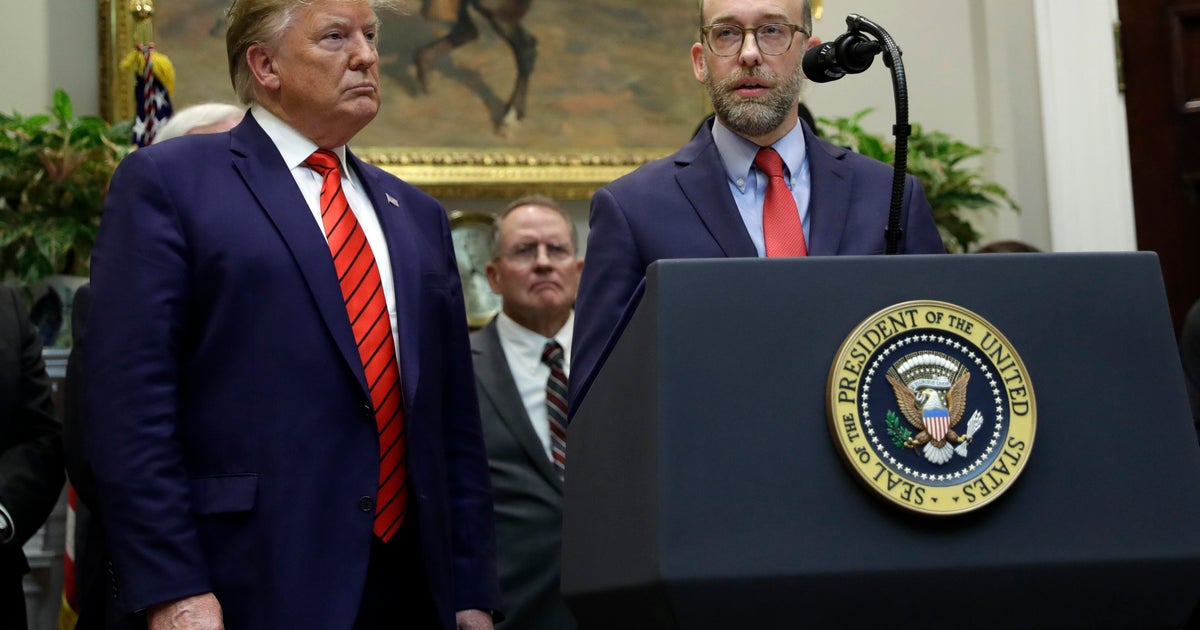Spacewalkers install, but are unable to deploy, new roll-out solar array
Two astronauts floated outside the International Space Station on Wednesday and attached a rolled-up solar array, the first of six intended to boost the lab's power back to factory fresh levels. But time lost due to a spacesuit glitch and then an interference issue with the array mechanism prevented them from extending the new panel as planned.
European Space Agency astronaut Thomas Pesquet and NASA crewmate Shane Kimbrough already planned another spacewalk Sunday to install a second roll-out solar array, but it's not yet known how the unfinished work Wednesday might play into that timeline.
"To the whole team, that was a really good job," Kimbrough radioed after returning to the station's Quest airlock. "A lot of complications."
"We completely agree, you guys did a fantastic job today," replied Canadian astronaut Jenni Sidey-Gibbons from mission control. "It was a complicated EVA (spacewalk)."
Floating in the station's Quest airlock, Pesquet and Kimbrough switched their suits to battery power at 8:11 a.m. EDT to officially kick off the year's seventh spacewalk, the 239th excursion devoted to station assembly and maintenance since construction began in 1998.
The EVA was the first of two needed to install a pair of ISS roll-out solar arrays — iROSAs — on the far left end of the space station's main power truss.
Delivered to the station aboard a SpaceX cargo ship earlier this month, the iROSA blankets were designed to be mounted on fixtures that were assembled like Tinker Toys and bolted to the base of the existing port 6, or P6, solar wings during two spacewalks last March by other astronauts.
The space station is equipped with eight solar wings in all, four on each side of the truss, feeding up to 120 kilowatts of power into eight circuits. The two P6 arrays, installed in 2000, are the oldest on the station, supplying electricity to power channels 2B and 4B.
Wednesday's spacewalk was devoted to attaching the first iROSA wing to the existing P6/2B array with a spacewalk Sunday to install P6/4B blanket. The iROSA panels will each generate more than 20 kilowatts of power.
The first half of Wednesday's outing was blocked out for simply moving the first 750-pound iROSA out to the far left end of the power truss, a procedure that required Pesquet and Kimbrough to manually hand the rolled-up array back and forth as they inch their way outward toward the left-most P6 truss segment.
But before the iROSA was released from its mounting fixture, Kimbrough reported a problem with his suit's data display unit, which shows the status of various internal systems. He returned to the airlock, connected the suit to an umbilical and reset the unit, which appeared to resolve the problem.
The suit also indicated a pressure spike in its temperature control system. After an analysis on the ground, he was cleared to rejoin Pesquet and to press ahead with the spacewalk. The spacesuit operated normally for the rest of the outing.
The astronauts, running well behind schedule, then carefully moved the first iROSA to its mounting point on the base of the P6/2B solar wing. But an interference issue prevented them from separating the two halves of the array so the panel could be extended.
At that point, flight controllers decided to call it a day. Pesquet and Kimbrough were told to leave the iROSA in its folded configuration, not yet plugged into station circuitry, and to return to the airlock to close out a seven-hour 15-minute EVA.
Once unfurled just in front of an existing 112-foot-long P6 arrays, the iROSA panels will extend 63 feet when fully unfurled, tilted about 10 degrees away from the old arrays.
Unlike the station's original solar wings, which were deployed using complex motor-driven self-assembling trusses, the iROSA blankets feature carbon composite struts on either side that are rolled up and locked in place for launch. One the locks are released, the pent-up "strain energy" is enough to unroll the blankets to their full length.
While the iROSA will block the sun for a portion of the existing solar wing, they will generate a combined power level matching the output of the original arrays when they were first deployed 20 years ago.
"The new arrays are installed on top, over in front of the existing solar arrays," said Dana Weigel, deputy manager of the space station program at the Johnson Space Center in Houston. "The exposed portion of the old arrays will still be generating power in parallel with the new arrays."
"Those new iROSA arrays have solar cells on them that are more efficient than our original cells, they have a higher energy density, and together in combination, they generate more power than what our original array when it was new."
Unlike the original arrays, the iROSA wings cannot be rolled up once released. They simply have to work.
"We do not have any planned contingency workarounds to fix anything just yet," Johnson said. "But you know NASA. If something happens, we're going to stop and look at where it is, we're going to take pictures, we're going to analyze what's going on and we'll come up with a plan to fix it."








